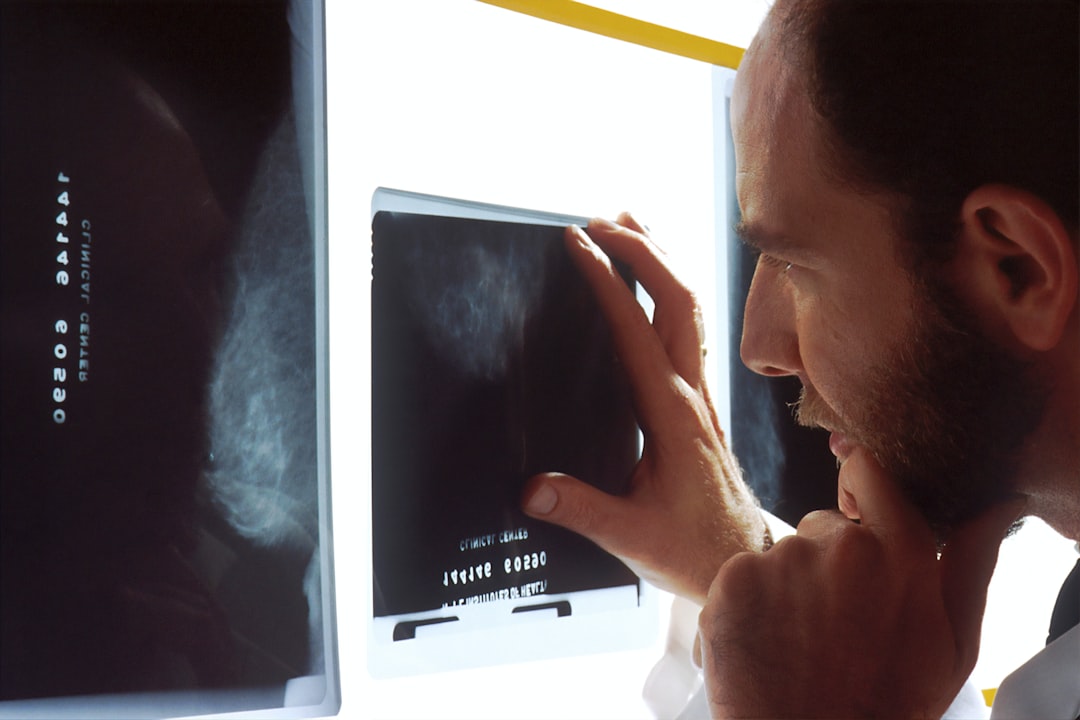What is it about?
Transitional care for adolescents with complex diseases, who are entering adulthood, is challenging. The purpose of this study is to quantify the disease and medication burden of this population, who are transitioning though an interdisciplinary specialty clinic.
Featured Image
Why is it important?
A formalized transition process for adolescents with complex diseases is an important process in the care of these patients. The care of children with medical complexity often requires assessment and follow-up with one or more specialists creating a more difficult transition process. During childhood, the burden of patient care, including knowledge of the patient’s disease state(s) and therapy, is often placed on the patient’s parent(s) or guardian(s). As the patient nears adulthood, responsibility for their care often must be assumed by the patient themselves. Transferring care at this critical time to adult primary medicine and specialty providers, without a transitional care plan, has been found to be inadequate to cope with the healthcare needs of this patient population. Children with medical complexity not only have a high disease burden, but also a high medication burden as well. Medication adherence rates have been found to decline, during the transition from pediatric to adult care. In addition, necessary therapy may be interrupted for patients during the care transition. Families of children with medical complexity also find that their health care needs, regarding prescription medications, are not adequately met. Other investigations have found that medication therapy knowledge to be low in patients who were transitioning to adult care. All of these elements present opportunities for involvement of additional health care providers, such as pharmacists, during the transitional care period for children with medical complexity.
Perspectives
Transitioning youth from pediatric orientated care to adult orientated care is a complex process that takes time to ensure successful transfer. Medication and disease burden is just one small part of the process and this article helps demonstrate the common medications and disease states seen in the most medically complex patients as they transition to adult complex care clinics. The role of a clinical pharmacist is also explored in improving polypharmacy, lab monitoring and education.
Thomas Davis
Geisinger Health System
Read the Original
This page is a summary of: Disease and medication burden of medically complex adolescents seen in an interdisciplinary transitional care clinic, Journal of Pediatric Rehabilitation Medicine, December 2021, IOS Press,
DOI: 10.3233/prm-200705.
You can read the full text:
Contributors
The following have contributed to this page










